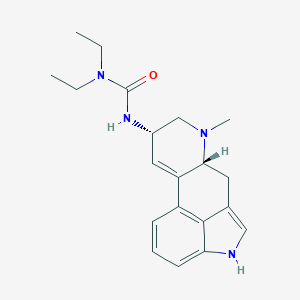Parkinson's disease
Adult: Initially, 0.1 mg at bedtime, additional doses of 0.1 mg at wkly intervals may be given, 1st in the morning then at midday. Further increases of 0.1 mg wkly may be made until an optimum response is obtained, using the same sequence of increases, starting w/ the bedtime dose. Max: 2 mg daily in 3 or 4 divided doses.
Oral
Suppression of lactation
Adult: 0.2 mg bid to tid for 14 days starting w/in the 1st 24 hr of delivery or abortion.
Oral
Acromegaly, Hyperprolactinaemia-associated disorders
Adult: 0.1 mg in the evening of the 1st day, followed by 0.1 mg at midday and in the evening of the 2nd day, then 0.1 mg in the morning, at midday and in the evening of the 3rd day. Treatment is continued and adjusted according to prolactin levels (hyperprolactinaemia) or growth hormone levels (acromegaly).




 Sign Out
Sign Out




